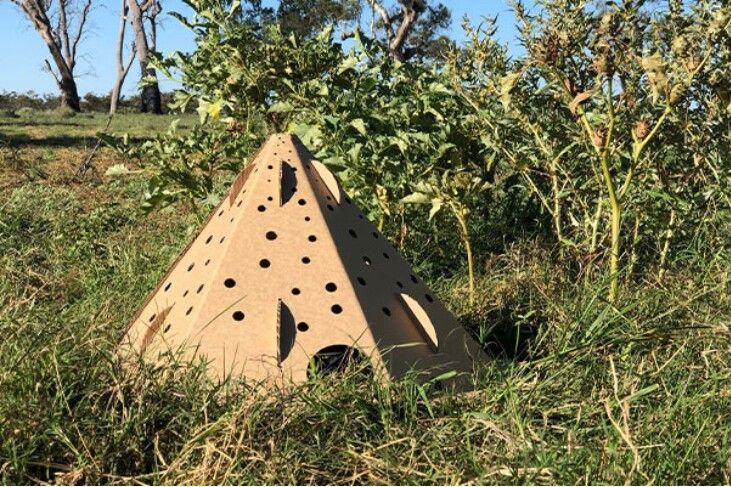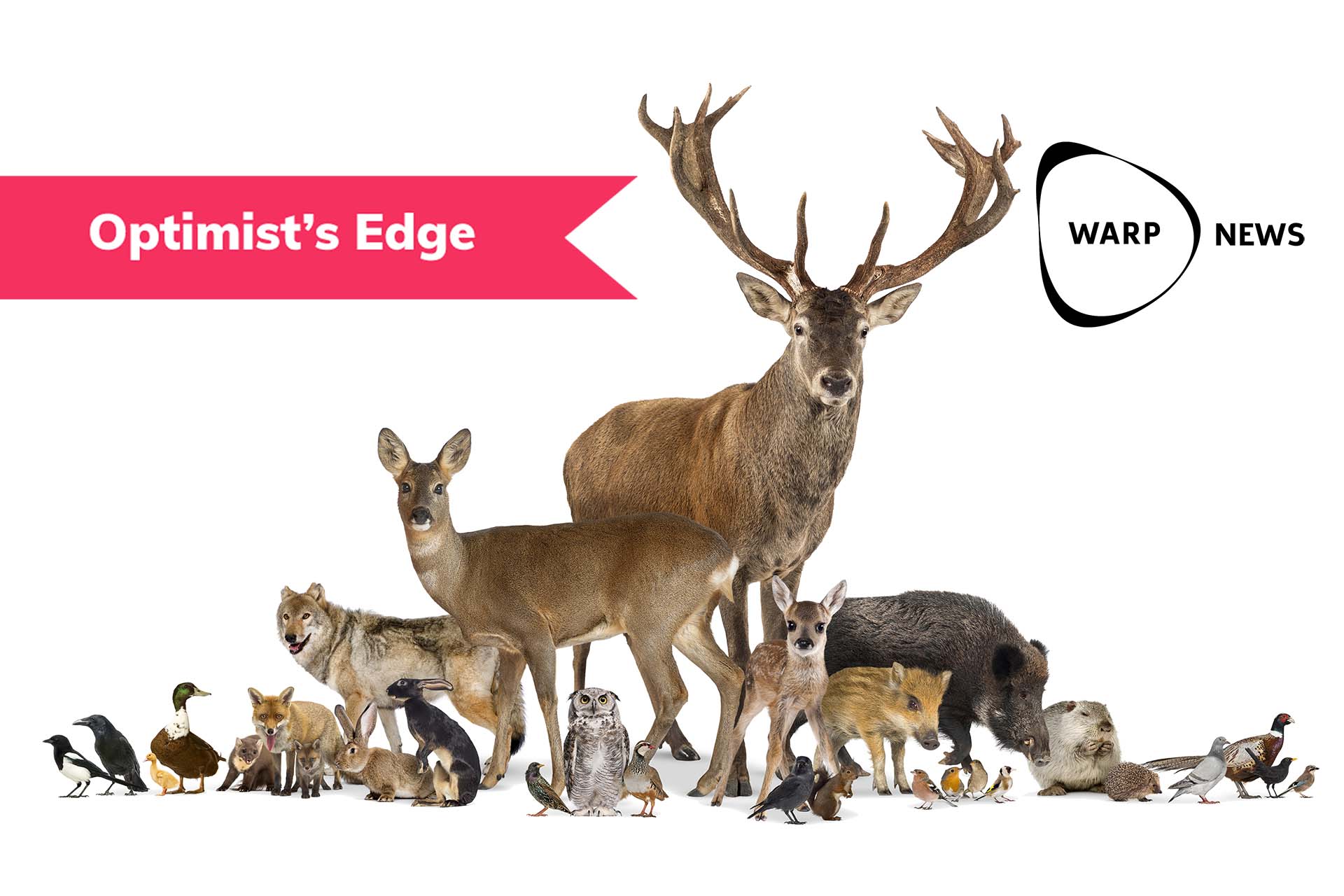
🐨 Cardboard pods provides shelter for animals displaced by bushfires
The recent bushfires in Australia affected the populations of hundreds of species of animals. Having their habitats destroyed, they now have nowhere to hide from predators. Macquarie University have developed habitat pods that are both affordable and biodegradable.
Share this story!
Bushfires have recently ravaged Australia, and its wildlife is now very vulnerable. Their habitats are destroyed, and they have nowhere to hide from predators. Thankfully, Macquarie University has designed and created cardboard habitat pods that are affordable and biodegradable. They could give smaller animals the shelter they need.
The author of the idea, Dr. Alexandra Carthey, came up with the solution when she saw ground-dwelling animals becoming victims to predators after the wildfires burned bushes, tall grass, and other vegetation they usually use as cover.
Each pod is a 60-centimeter tall hexagonal pyramid with holes small enough for animals like possums and bandicoots to get through. The pods consist of six compartments or "floors" connected via holes so the animals can move between them. Thanks to the smaller holes in the pod's exterior, sunlight can shine in and help regrow vegetation under the shelter. To allow for easy transportation of the cardboard pods, they can be flat-packed.
Carthey told New Atlas that she believes that “instead of making permanent homes in the pods, most animals will use them more as a means of escaping predators, perhaps running from one pod to another as opposed to staying out in the open during the pursuit. And once the vegetation has regrown, the pods will simply biodegrade”.
Temporary solutions, such as these pods, which are environmentally sustainable, are bridging the time gap and making an optimistic future come sooner.

By becoming a premium supporter, you help in the creation and sharing of fact-based optimistic news all over the world.



